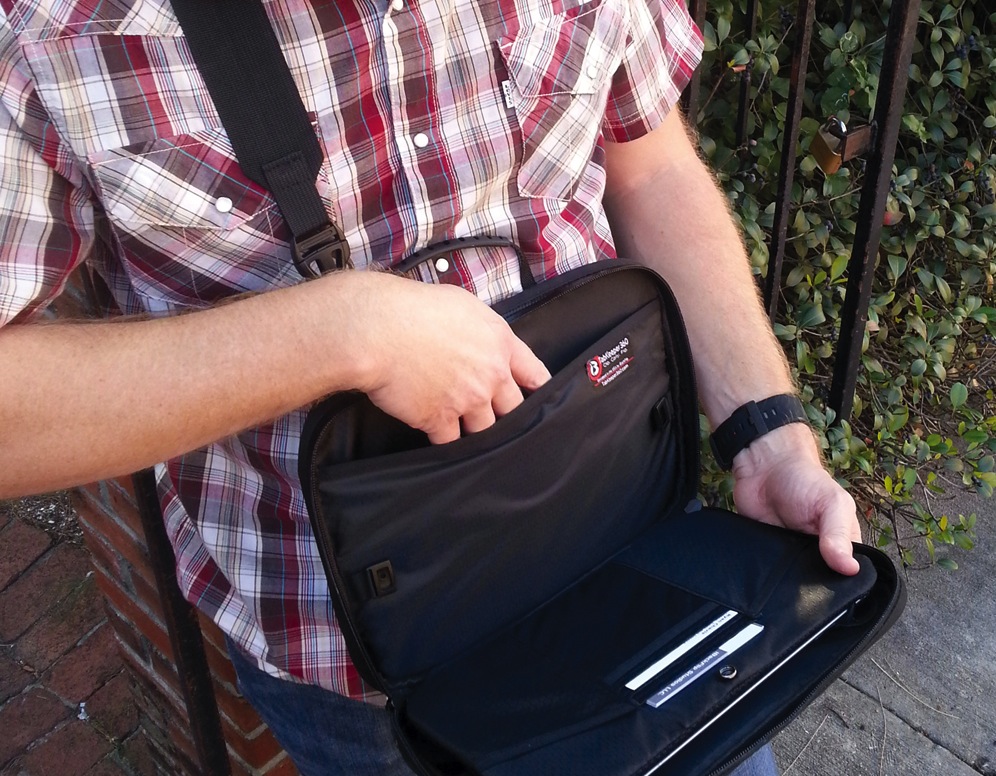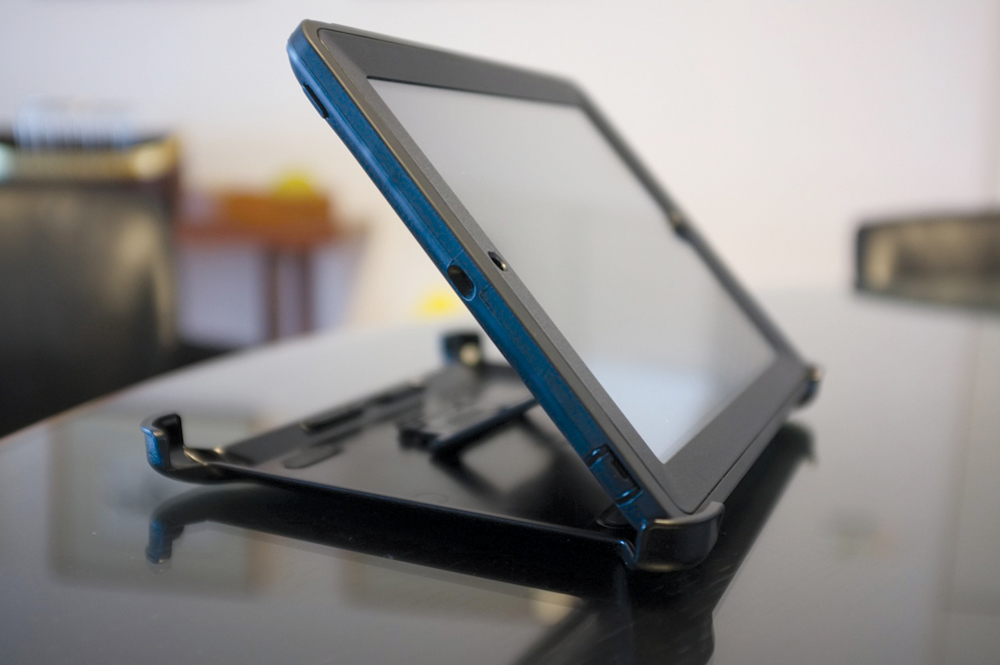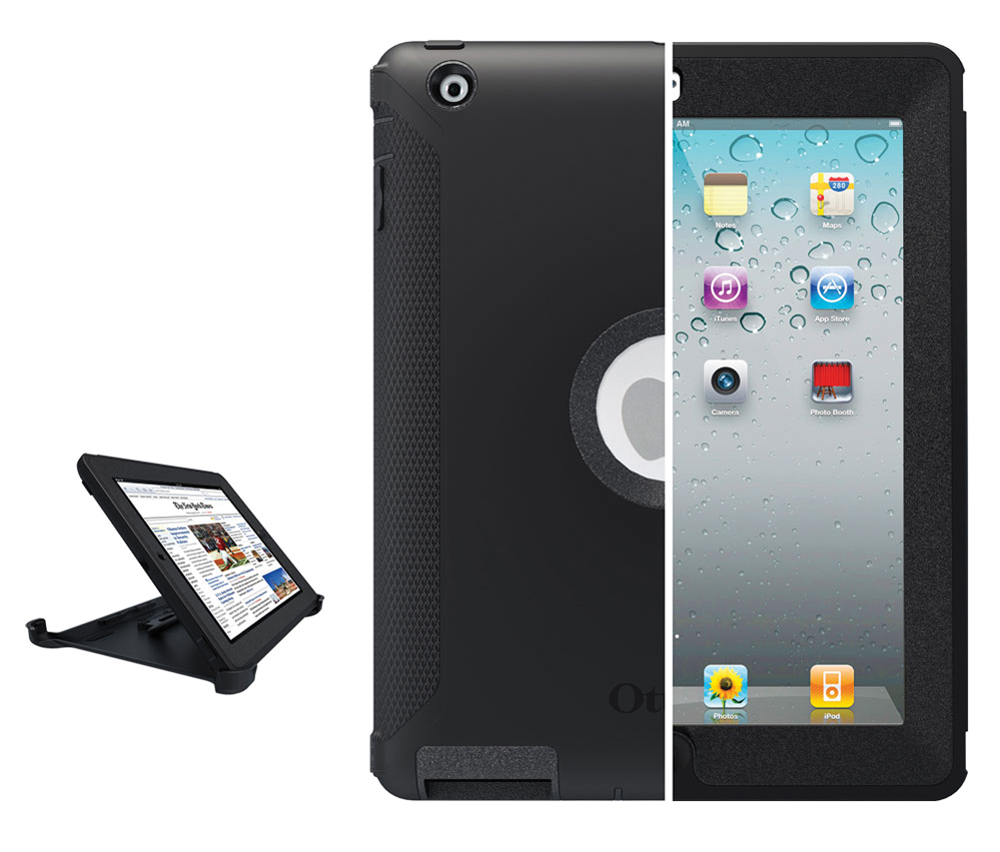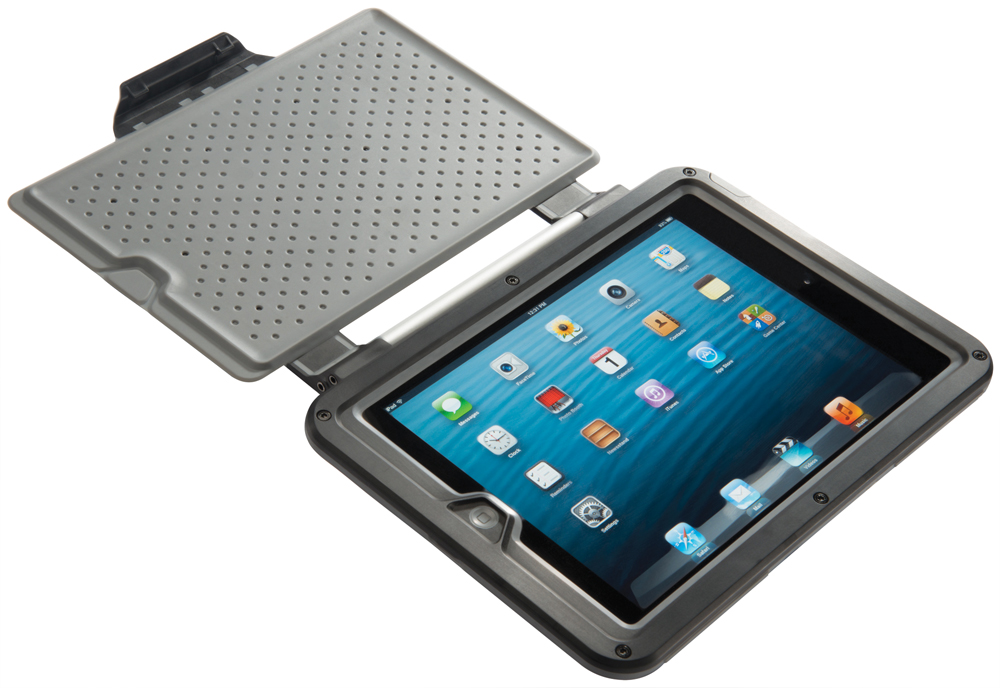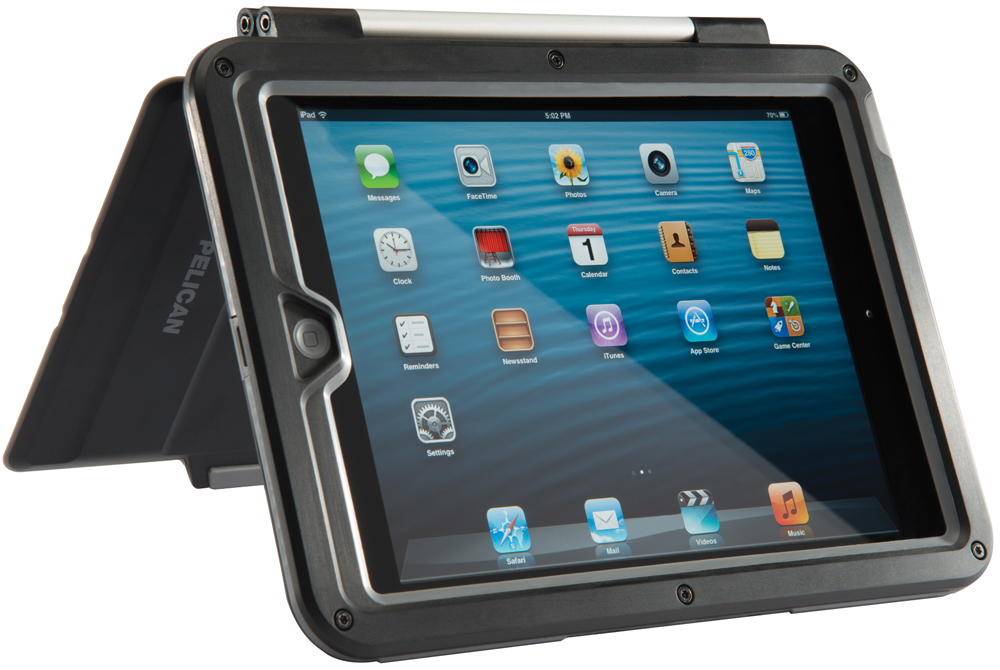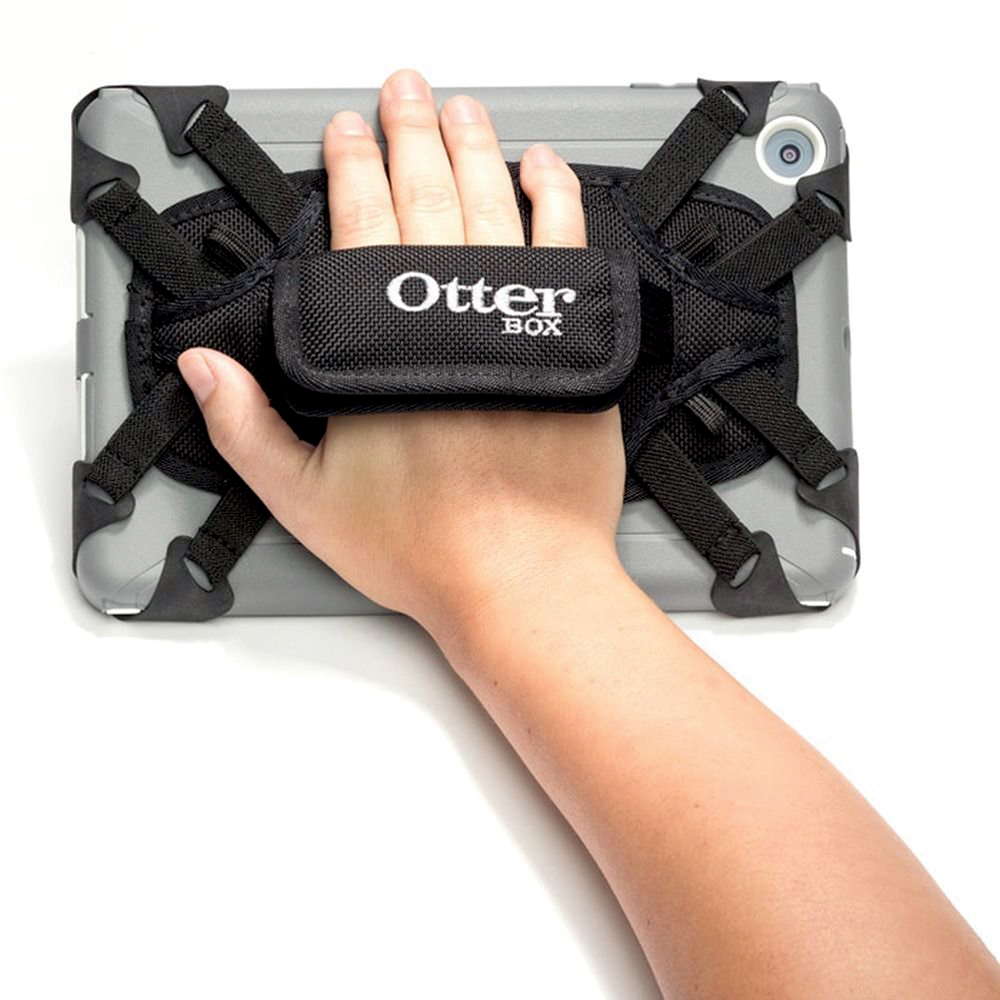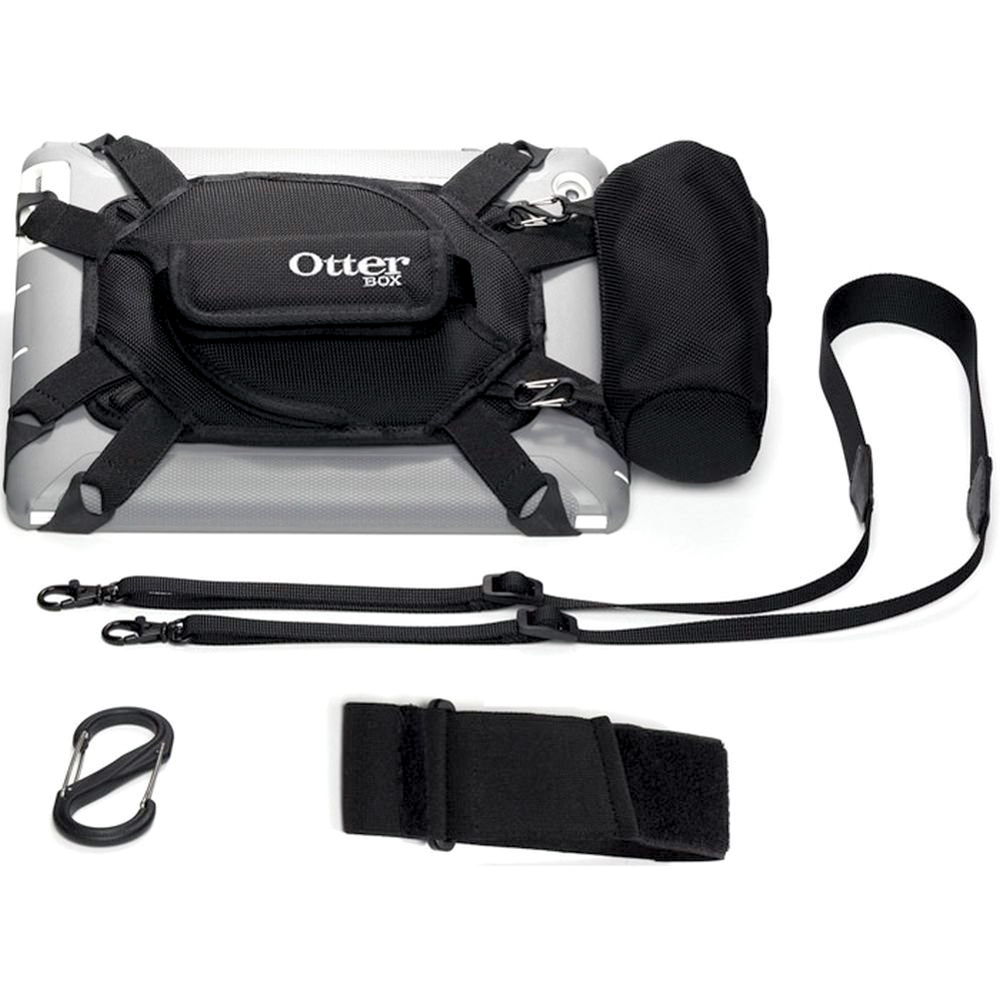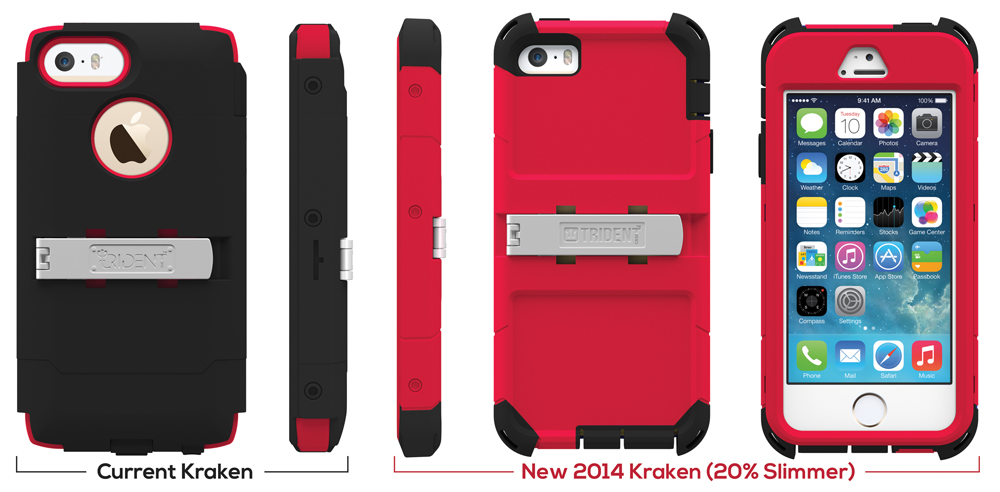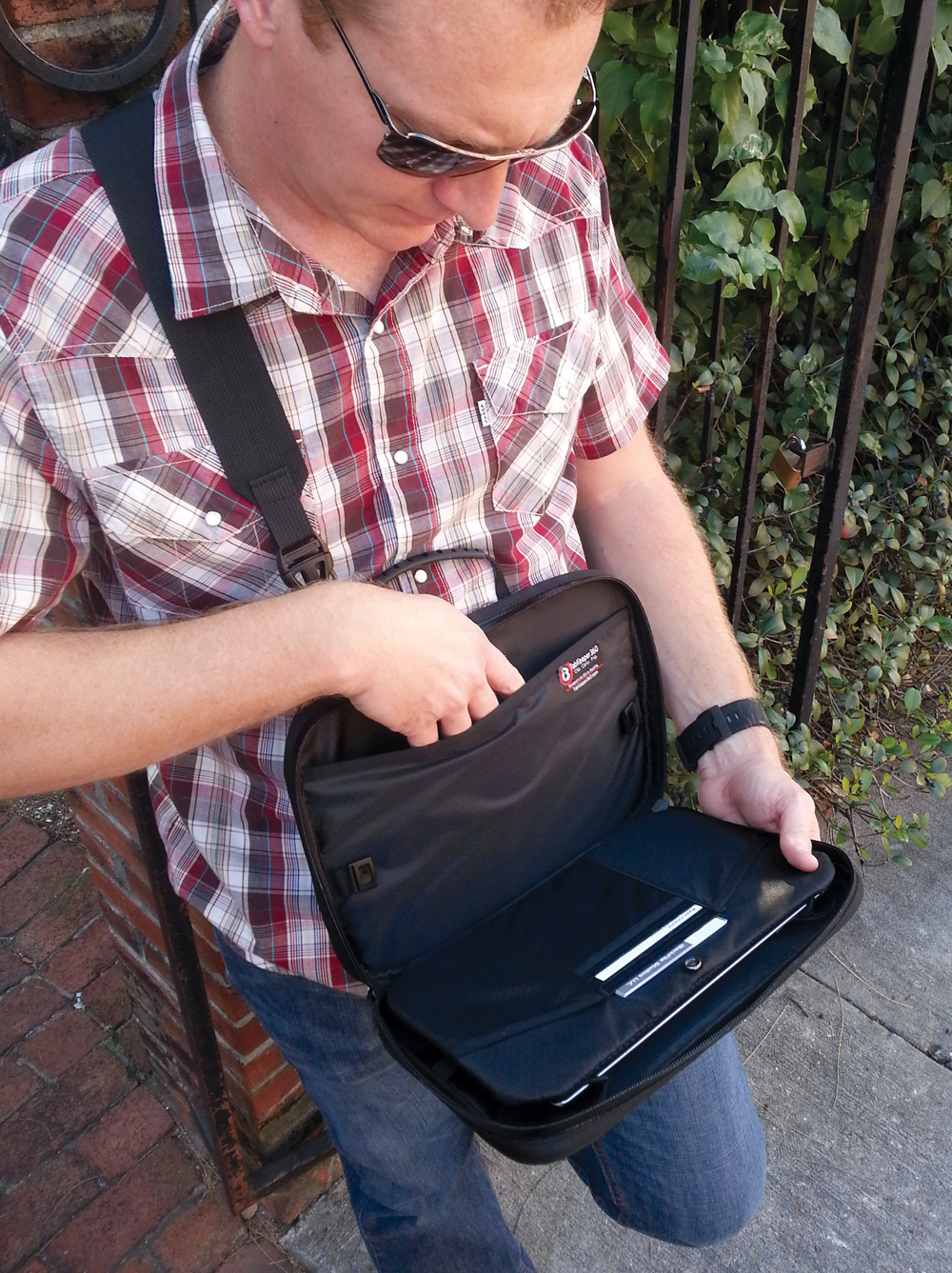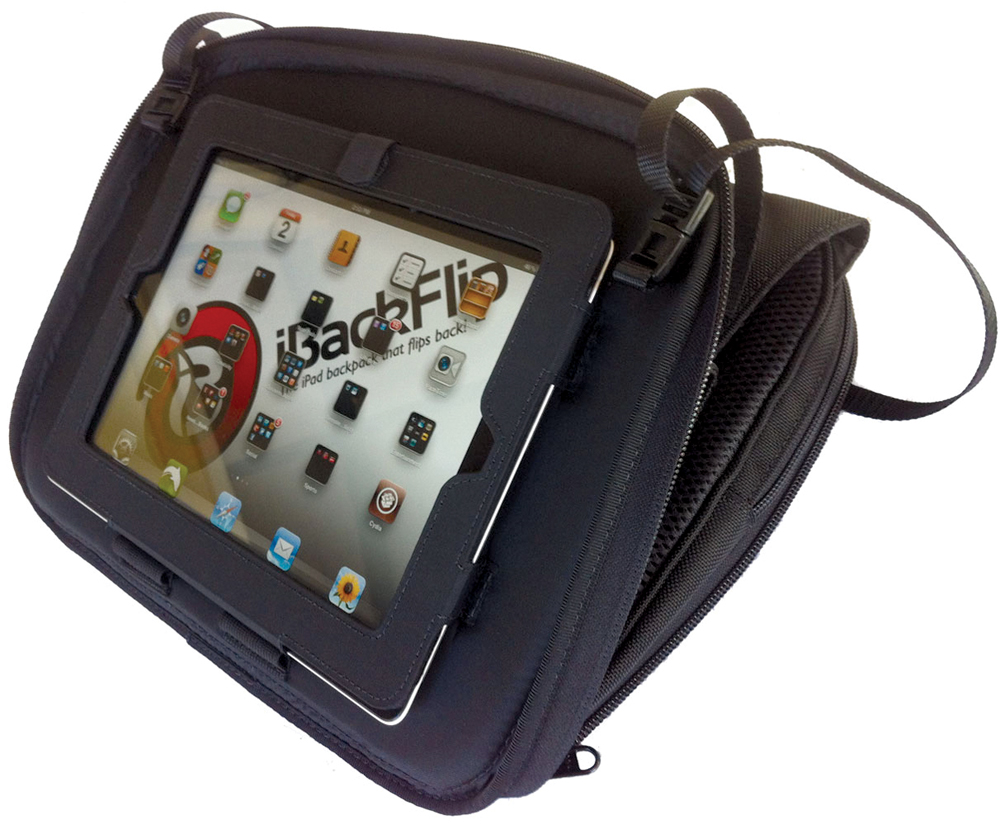When it comes to rugged mobile devices for the AEC market, the story lately has had less to do with the hardware itself and more with the deluge of hardened and weather-resistant cases, bags, and accessories to hit the market.
Sure, companies like Motion Computing, Panasonic, Trimble, and even Caterpillar (read our review of Cat's new rugged phone) continue to manufacture ruggedness-built-in tablets and smartphones. But many AEC firms are choosing to go with less costly consumer-grade mobile devices (iPad, iPhone, Galaxy, etc.) hardened with third-party accessories.
“From my perspective, rugged means heavy and slow,” says Peter Rumpf, Integrated Construction Manager with Mortenson Construction, and a BD+C “40 Under 40” honoree (class of 2012). “Our strategy is to treat the mobile device as a consumable and let the end user protect their device as they see fit.”
To find out which cases and accessories are popular among AEC professionals, we reached out to several BD+C readers with expertise in computer hardware. Here’s what they recommend (with some editors’ favorites mixed in):
1. OtterBox Defender Series iPad case
A mainstay in the rugged mobile device market, the Defender Series iPad case uses a multi-layer approach to protect tablets from bumps, shocks, drops, and dust (but not water) intrusion. An inner, two-piece polycarbonate shell has a foam interior for shock absorption, and a silicone outer layer absorbs impact from bumps and shocks. The textured exterior offers enhanced grip, and a built-in screen protector prevents scratches, smudges, and fingerprints. The integrated shield stand acts as a protective cover and doubles as a kickstand for typing or viewing. $89.95
Why BD+C reader Jarrod Krug recommends it: “Several customers have told us that they run Autodesk BIM 360 Field on iPads in these OtterBox cases—collectively on hundreds of devices at dozens of job sites—and they have performed in the worst of environments, with little or no issues.” —Jarrod Krug, BIM 360 Industry Marketing Manager, Autodesk
OtterBox | www.otterbox.com
2. Pelican ProGear Vault Series for the iPad Air and iPad mini
Designed for the military, law enforcement, and fire services industries, the Pelican ProGear Vault Series for the iPad Air and iPad mini is engineered with an elastomeric copolymer interior that absorbs impact forces, even drops from up to four feet. The case features an ingress protection rating of 54 for safeguarding against extreme elements, such as wind-driven rain, dust, dirt, snow, and sand. Optical-grade Dragontrail glass on the rear camera offers maximum clarity without sacrificing protection. $99.95 ($79.95 for iPad mini version)
Why we recommend it: The Pelican provides the ruggedness required for almost any job site with some nice performance features like a nifty hinged cover that doubles as a stand and a water-resistant membrane that protects the microphone and speakers without sacrificing voice quality.
Pelican Products | www.pelicanprogear.com
3. OtterBox Utility Series Latch II carrying case
The Utility Series Latch II carrying case comes with a versatile set of straps for multiple carrying, tethering, and display options—including palm grip, over-the-shoulder sling, and desktop stand. Designed for Defender Series tablet cases, the Latch II works with most 10-inch tablets. An optional accessory bag comes with a leg strap, S-biner, and neck strap, and doubles as a tablet stand. $39.95 ($49.95 with accessory bag)
Why BD+C reader Megan Looby recommends it: “This product is great because it has a long strap that allows you to wear your tablet across your body while in the field, leaving your hands free. On a recent job, almost all the subs used them to protect their iPads, which were used extensively for accessing drawings and specs in the field.” — Megan Looby, Project Manager, CBRE Healthcare
OtterBox | www.otterbox.com
4. Trident Kraken A.M.S Series case for the iPhone 5
Mention the term “rugged” and often what comes to mind is “bulky,” “heavy,” or “sluggish.” Sure, that smartphone can take a beating, but good luck stuffing it in your pocket. The re-engineered Kraken A.M.S Series case for the iPhone 5 and 5s is designed to provide the best of both worlds: impact and weather protection in a slim, ergonomic package. The case is 20% thinner than its predecessor, yet still meets the MIL-STD-810F standard for performance and durability in harsh environments. $49.95
Why we recommend it: It offers the protection of a heavy-duty case in a wrap not much thicker than light-duty cases. It comes equipped with a handy media stand that can be switched out with accessories geared for fieldwork, like a belt clip, windshield mount, and universal mount.
Trident Case | www.tridentcase.com
5. iBackFlip Somersault case
The iBackFlip Somersault has become popular among AEC professionals for its dual functionality—the backpack doubles as a hands-free mobile workstation. Flip the carrying case from back to front, unzip the pouch, and you’re ready to work on your tablet device. Adjustable straps keep the tablet at an ideal angle for the user. The straps can be disengaged and the case flipped 180 degrees for use on a desktop or other flat surface. $89.95
Why we recommend it: While not rugged, the Somersault gets our vote for its blend of convenience, functionality, and portability. The durable, water-resistant bag provides quick, on-the-go access to almost any tablet device (even small laptops like the 13-inch MacBook Air) and features pockets, utility hooks, stylus holders, and other storage and performance goodies.
BackFlip Studios | http://ibackflip.com
Related Stories
| Feb 23, 2011
Architecture Billings hold steady after two months of improving conditions
After showing positive momentum during the fourth quarter of 2010, the Architecture Billings Index (ABI) slipped almost four points in January. The January ABI score was 50.0, which is down from a reading of 53.9 the previous month, but still reflects stable demand for design services. Any score above 50 indicates an increase in billings.
| Feb 22, 2011
LEED Volume Program celebrates its 500th certified Pilot Project
More than 500 building projects have certified through the LEED Volume Program since the pilot launched in 2006, according to the U.S. Green Building Council. The LEED Volume Program streamlines the certification process for high-volume property owners and managers, from commercial real estate firms, national retailers and hospitality providers, to local, state and federal governments.
| Feb 22, 2011
HDR Architecture names four healthcare directors
Four senior professionals in HDR Architecture’s healthcare program have been named Healthcare directors.
| Feb 15, 2011
Iconic TWA terminal may reopen as a boutique hotel
The Port Authority of New York and New Jersey hopes to squeeze a hotel with about 150 rooms in the space between the old TWA terminal and the new JetBlue building. The old TWA terminal would serve as an entry to the hotel and hotel lobby, which would also contain restaurants and shops.
| Feb 15, 2011
New Orleans' rebuilt public housing architecture gets mixed reviews
The architecture of New Orleans’ new public housing is awash with optimism about how urban-design will improve residents' lives—but the changes are based on the idealism of an earlier era that’s being erased and revised.
| Feb 15, 2011
LAUSD commissions innovative prefab prototypes for future building
The LA Unified School District, under the leadership of a new facilities director, reversed course regarding prototypes for its new schools and engaged architects to create compelling kit-of-parts schemes that are largely prefabricated.
| Feb 15, 2011
New 2030 Challenge to include carbon footprint of building materials and products
Architecture 2030 has just broadened the scope of its 2030 Challenge, issuing an additional challenge regarding the climate impact of building products. The 2030 Challenge for Products aims to reduce the embodied carbon (meaning the carbon emissions equivalent) of building products 50% by 2030.
| Feb 15, 2011
New Urbanist Andrés Duany: We need a LEED Brown rating
Andrés Duany advocates a "LEED Brown" rating that would give contractors credit for using traditional but low cost measures that are not easy to quantify or certify. He described these steps as "the original green," and "what we did when we didn't have money." Ostensibly, LEED Brown would be in addition to the current Silver, Gold and Platinum ratings.


